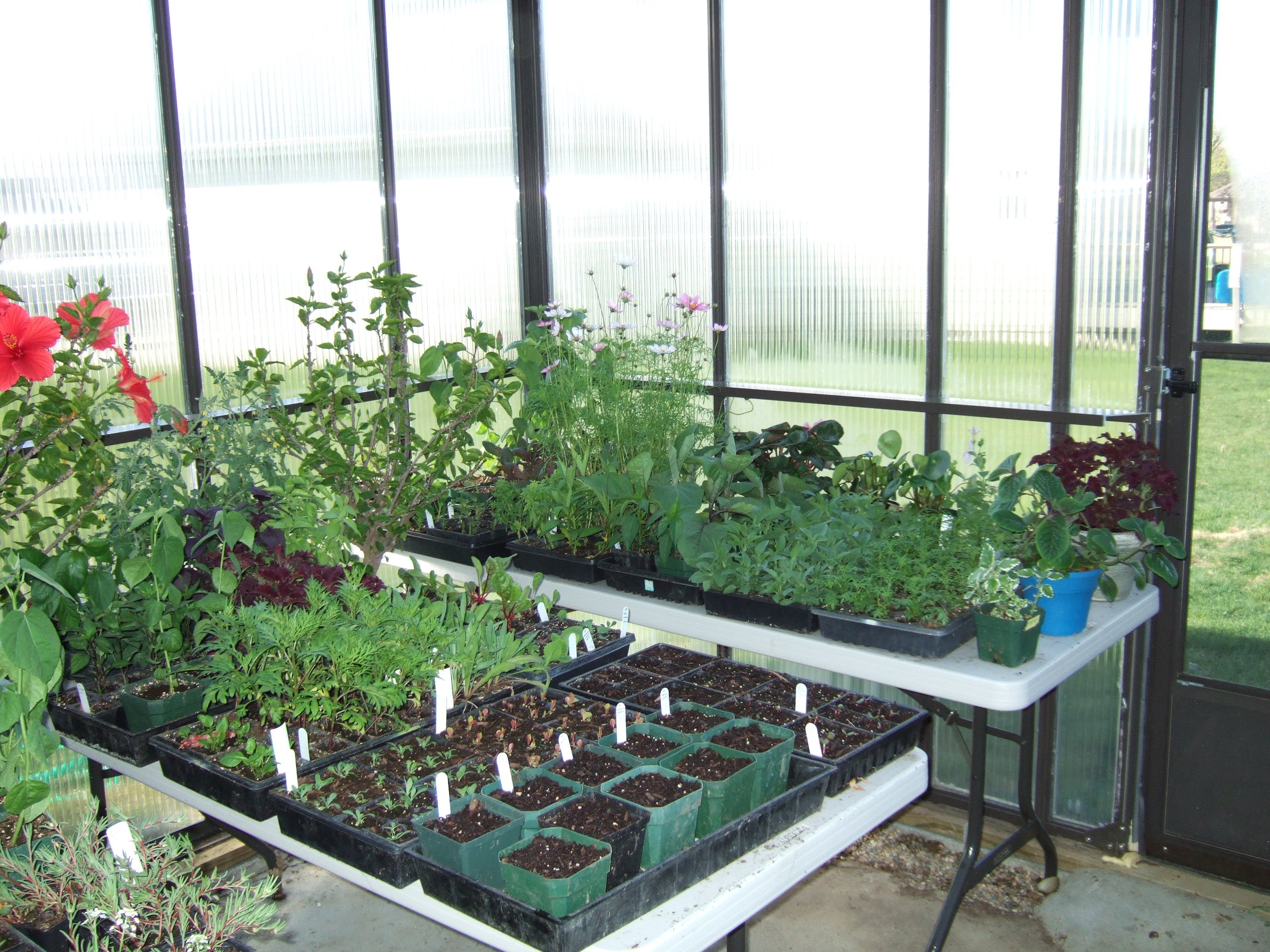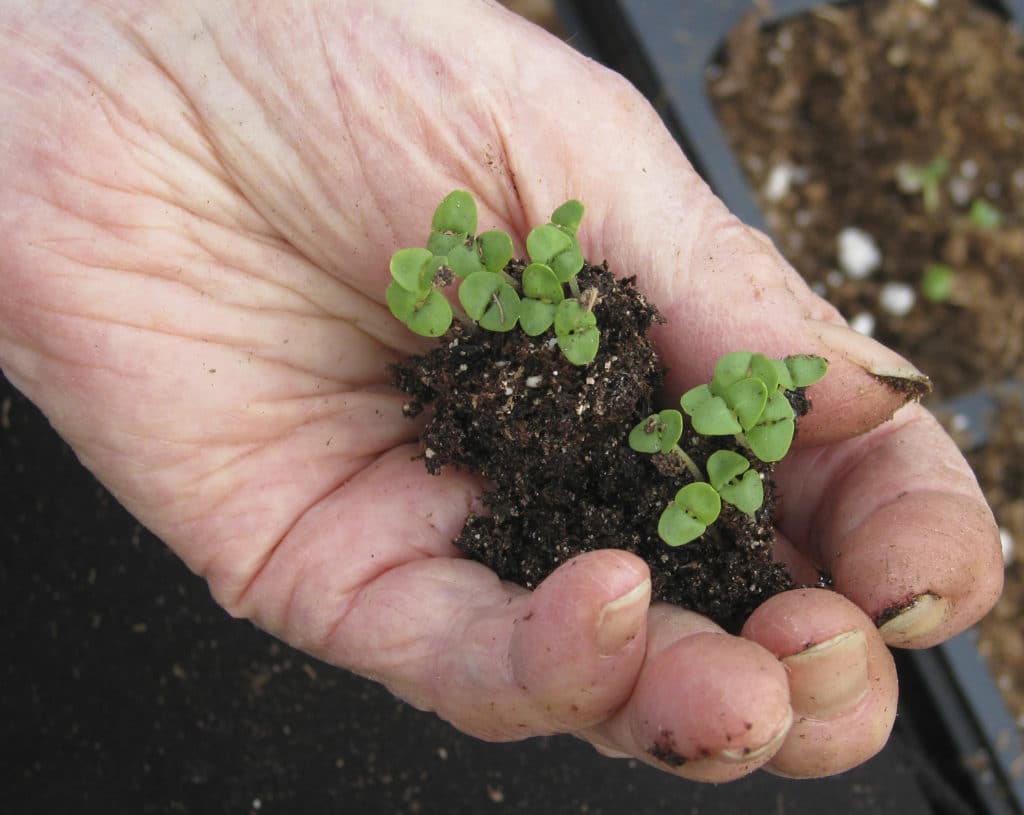How Worm Castings, Pests, and Algae Affect Your Greenhouse Garden

Pests, Worm Castings and Algae
What are Worm Castings?
Before we get to greenhouse gardening algae, let's talk about a shopper on Amazon that complained about bugs in her worm castings. If you don’t speak garden lingo yet, worm castings are simply worm poop. They are mixed with soil in garden beds or in pots to make tomatoes grow faster, stronger and healthier. And just in case you missed the memo, worm poop comes with bugs of its own. The good ones.

Dan Rollingson started selling Earthly Matters worm castings on Amazon as soon as he got his worm casting labels sorted with the Canadian Food Inspection Agency.
Natural Fertilization
And Dan’s worms are not working alone – they are part of a big movement across North America to fertilize naturally. Where they are different is that they are not sterilized and not pasteurized. They are simply screened to remove big sticks and served up right to your plants and soil.
Pests or Friends?
After a few years Dan discovered that the sticks he was screening out and throwing right back into his containers of eating, munching worms were actually breeding bugs good for the garden. Hypoaspis miles (also known as Stratiolaelaps scimitus) are fungus gnat predators.
If you have ever grown houseplants or greenhouse plants you have seen fungus gnats. They are the small black fly that buzzes around your soil as you water. They are more of a problem when the soil is wet, because fungus gnats and algae go hand in hand. I am so glad there is a natural way to control these pesky bugs.
P.S. If you don’t have worm castings but you want the predator you can order them in separately.
You can also buy sticky traps to set up over your soil to see if you have fungus gnats before you buy worm castings or predator bugs. Sticky traps are available at most garden centers or online.

Sticky Insect Trap
And speaking of wet soil:
Kelly-Ann, a Cross Country greenhouse owner asked “Why am I getting mold growing on the surface of my seedlings in the greenhouse? Do I need a fan? How long do I run the fan or is it temperature-dependent?

Starting Seeds
Algae
The answer is, Kelly-Ann probably has greenhouse algae, not mold, growing on the soil in a thin mold-like layer. Algae is actually a simple organism that survives best in wet environments. So, when the soil is wet for too long and hasn’t had a chance to dry out, algae will grow on soil to take advantage of the moisture and nutrients. It is the reason commercial growers often use a soil mix call Promix- HP. The HP stands for High Porosity.
Kelly-Ann may be adding too much nitrogen, using soil that holds water too long, or, as she mentioned in her question, is in need of a circulating fan.
Extra nitrogen fertilizer that the plants can’t use has to go somewhere. It is an excellent source of nutrients for water-loving algae.
If you have soil that stays wet for more than 3-4 days, your container size is either too big for the plant or the soil needs changing. There are a lot of wood-based composts and soils on the market but for small seedlings, it is better to use a peat-based mix like Pro-mix HP. I never use actual garden soil because if it has clay it will stay wet too long. If all the soil in Kelly-Ann’s greenhouse is in large beds instead of pots she is facing a larger renovation project and will need to add bags of perlite to the beds until it drains faster.
Then, watering deeply but less often is the advice to keep greenhouse algae at bay. Remember, the soil surface dries needs to dry out completely before adding more water. It is easy to overwater, especially in cool or cloudy weather. It’s hard to get the water out once added.
A fan left on 24 hours a day every day helps move the warm air down to the soil level and can help evaporate some of the moisture and discourage the algae. From $40 and up, fans are for sale on the BC Greenhouse Builders accessories web page.


